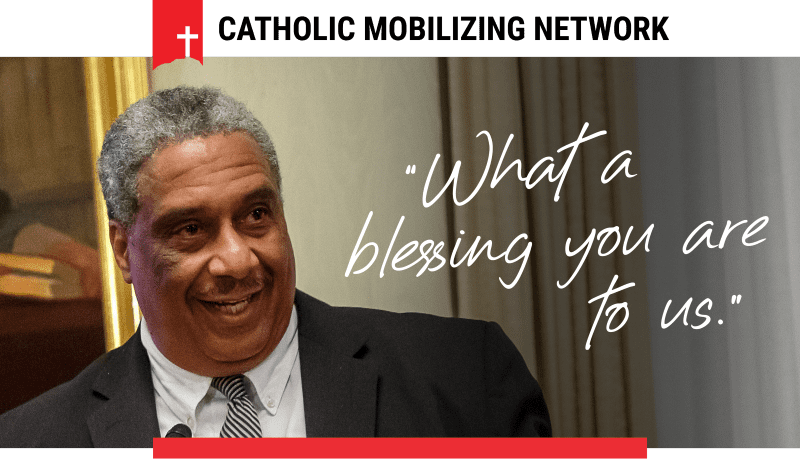My friend Joan reads this blog religiously, and she’s always on the lookout for nonprofits that are taking my advice. Here’s a thank-you email that Joan has shared with us all.
It’s not an ideal thank-you.
- The “On behalf of” opening line is a waste of words.
- The sentence that includes both donors and people who included the organization in their prayers shows that they don’t know which group she belongs to–they haven’t segmented their list.
- And as Joan notes, the idea that she has made this particular nonprofit “a priority” is a sign that they don’t know her very well yet.
Four things make this TY stand out:
- The From: line is personal. It’s a message from a particular person, not an organization or, even worse, an auto-answering program.
- The photo is personal. It puts a face to the name, so Joan can picture Ralph McCloud saying the words that follow, directly to her.
- The salutation is personal. It says “Dear Joan,” not “Dear Friend.”
- The message is personal. “What a blessing you are to us” is the kind of thing one Catholic would say to another. By repeating that message in the Subject line, in the photo, and in the body of the email, Catholic Mobilizing Network emphasizes what Joan and Ralph and CMN have in common.
Over all, the message has a recurring motif: “Because of you.”
CMN is working hard to make Joan the hero of the story. In your thank-you letters and emails, are you telling your donors “because of you”?
| Dear Joan,
On behalf of Catholic Mobilizing Network’s Board of Directors, I want to say thank you. Whether you supported CMN financially this Christmas season, or included us in your intentions and prayers, it is because of you that CMN is able to thrive in its mission to end the death penalty and promote restorative justice. What a blessing you are to us. We live in a time where it seems like human dignity is under attack on many fronts. As a community of believers, we are called to respond with justice and mercy. But this can be a challenging commission, especially when our time, energy, and financial capacity are all stretched thin. I know there are a lot of worthy causes out there; that is why I am grateful that you have made CMN a priority in your end-of-year giving. Your support of CMN affirms your bold commitment to upholding the human dignity of all people — including even those who might have caused or suffered great harm. Because of you, CMN is able to pursue a criminal legal system that values life, hope, and healing. And for that, I am deeply grateful. Thank you, Ralph McCloud, Treasurer |






